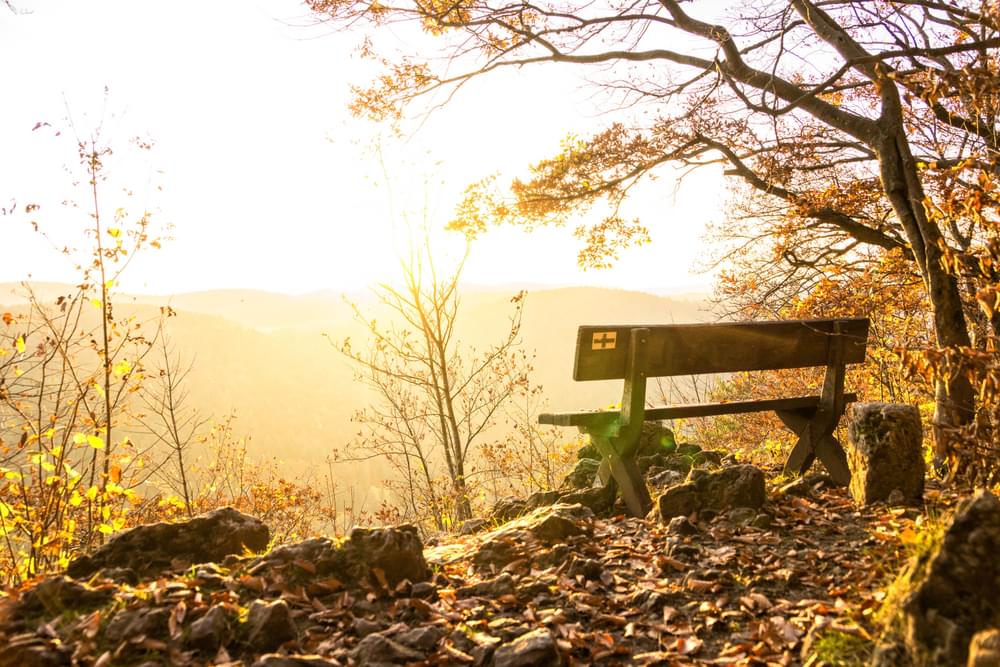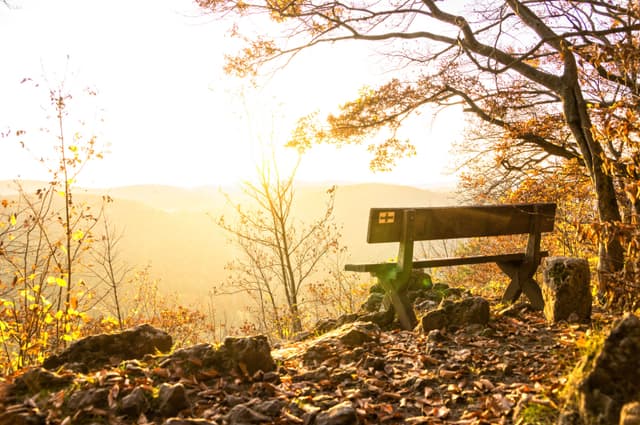




Planning Trails with Wildlife in Mind
The Wildlife and Trail Planning Checklist is a sequence of wildlife-related questions and possible steps to consider in planning a trail.

The checklist focuses specifically on wildlife issues of trail planning and is designed to mirror comprehensive planning processes. This should make it easier to integrate the information into the ways trails are already being planned. If you are beginning to plan a trail and want to find appropriate ways of including wildlife issues, the checklist will raise important questions through each step of the planning process.
How well wildlife concerns are represented in a planning process depends on how well you understand:
Every trail project is unique and not all of the detailed steps and questions in the checklist will be relevant to each project. Therefore it is important to adapt the checklist to your own situation. For example, in an urban setting it may not be possible to identify a range of options for a trail. The only possible alignments may be along drainages or other existing corridors not attractive to most kinds of development. Similarly, many trail projects improve existing roads or trails, rather than create new alignments. Developing wide-ranging alternatives may not make sense in such cases.


Sustaining Wildlife With Recreation on Public Lands
posted Nov 25, 2023
Humans and wildlife interact in multifaceted ways on public lands with both positive and negative outcomes for each group. When managed well, wildlife-based tourism and other forms of recreation can benefit conservation goals.
Environmental Impacts of Winter Recreation
posted Nov 25, 2023
Regardless of our intentions, many species perceive humans as a threat and respond accordingly. In general, animals respond to threats by first increasing vigilance (time spent looking around versus foraging), and running away if the threat is perceived to be imminent.
posted Nov 24, 2023
Winter recreation is a rapidly growing activity, and advances in technology make it possible for increasing numbers of people to access remote backcountry terrain. Increased winter recreation may lead to more frequent conflict between recreationists, as well as greater potential disturbance to wildlife.
Guidelines for Managing and Restoring Natural Plant Communities along Trails and Waterways
posted Sep 18, 2023
These guidelines are designed to assist resource managers in conducting management activities that enhance the quality of natural plant communities, wildlife habitat, regional landscape integrity and visual quality, particularly as related to planning, development, and maintenance of trails, water trails, and water access sites.
1,695 views • posted 08/12/2019